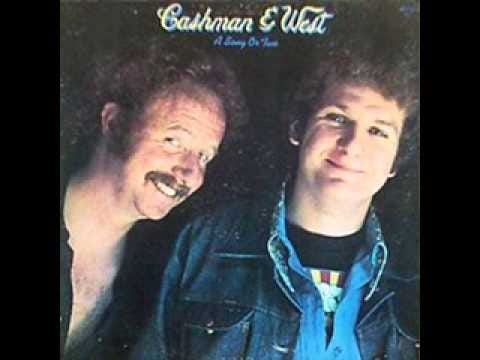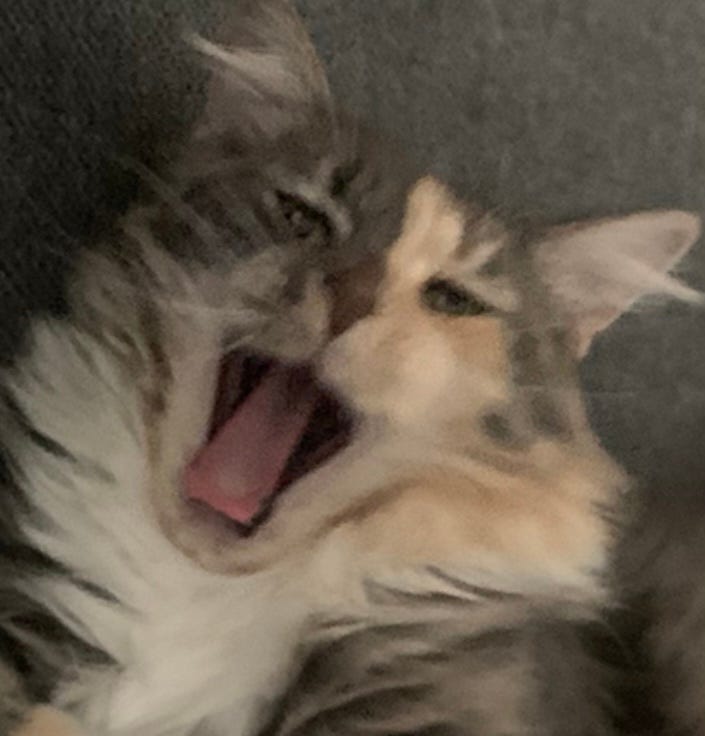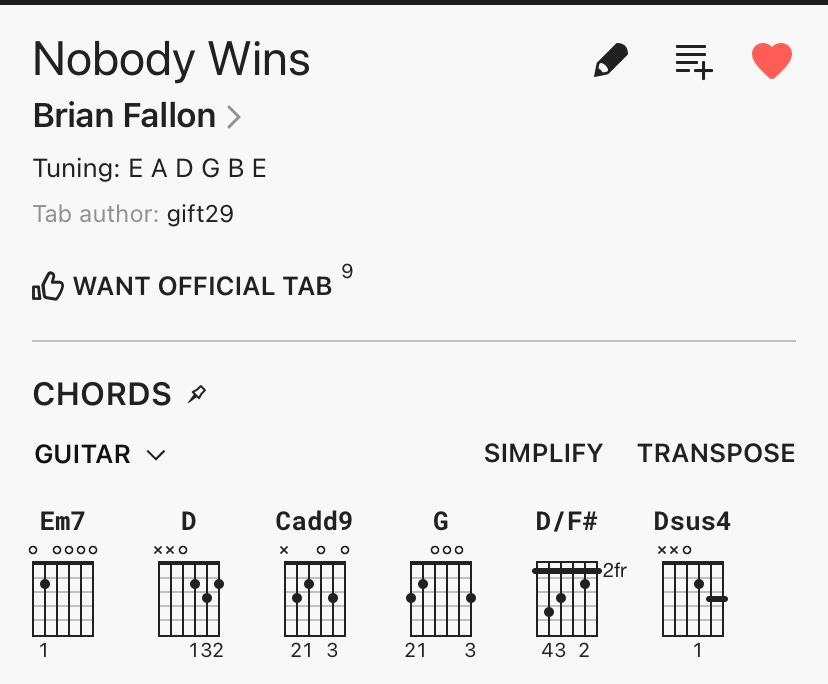Last Week’s Bonus Round: “American City Suite” by Cashman & West.
Songfacts®:
Cashman & West were Terry Cashman and Tommy West. Cashman wrote it about his home town of New York City. In our interview with Terry Cashman, he told us: "It was actually four songs strung together as a suite. Tommy and I signed as an act, Cashman & West, with ABC Dunhill. We had written a number of songs, but I really wanted to do something that would be special for the album. And it was a very sad time for me. A lot of my friends were leaving the city and going off, getting married, and you know, things were changing. I was 30 years old, and New York where I had grown up all my life was really deteriorating. It was a very bad time financially, and it was a time of turmoil and of racial strife. It looked like the city was gonna collapse. This great place where I had grown up and enjoyed so many friendships and so many good times - the city that I love - was actually dying. I was going into our office the next day, and I said to Tommy, 'I had this thought about New York in particular, but it's really happening to all the Eastern cities. They're decaying and white people are moving out of the cities and going to the suburbs. There are only very rich people and very poor people in the cities, and homelessness.' We started talking about the whole phenomenon, and we came up with this idea to do a song about how it was, which was the first movement of the first song of the suite was called, 'Sweet City Song,' and it was very happy, it was about growing up in a city where everyone got along and it was fun to be there - rock and roll was in the air. And then tracing that through, going away to school and coming back and seeing that things had changed, and then the third movement is an up-tempo song about how things were at that particular time as opposed to ten years before. And then it goes into 'A Friend Is Dying,' which is the last movement of 'American City Suite,' which is about the city dying. And that's the way it seemed to us at the time. That it was not only New York City, but all the Eastern industrial cities were having the same problems."
The four songs that make up the Suite are:
"Sweet City Song," "Hello Jack," "All Around The Town," "A Friend Is Dying."Cashman and West were Jim Croce's producers they had recorded his album You Don't Mess Around With Jim, but couldn't get any record companies to sign Croce and release it. This song changed all that. Says Cashman: "When we started recording 'American City Suite,' ABC out in California became so excited about Cashman & West as an act that they listened to us about Jim Croce. They started playing 'You Don't Mess Around With Jim' and 'Operator (That's Not the Way It Feels)' for various people out there, and all of a sudden they said, 'Hey, this is really good.' (laughs) And you know, without all that happening, nobody would have ever heard of Jim Croce."
This is an unusually long song, and there was some concern about getting radio stations to play it. Says Cashman: "At that time there was 'Nights in White Satin' and 'Papa Was A Rollin' Stone,' there were other records that were being played by AM radio, because they were trying to be like FM. FM had become so popular that AM was loosening the restrictions on only playing 3-minute records. But I think the full version is almost 12 minutes, and when they put out the single it was about 7 minutes."
Credit: Songfacts .com Link: Songfacts American City Suite
Welcome, new subscribers!! As promised yesterday, here’s a picture of the cat, Mika, who allows me to live in her house, singing the opening lines of the great James Brown & The Famous Flames song “I Got You (I Feel Good)”:
“MEOW! I feel good, I knew that I would now….”
(Ed. Management sincerely sorta apologizes for the lack of audio accompanying this photo. No, she’s not just yawning. Probably.)
Also, last week I mentioned how writing the words “Welcome, new subscribers” reminds me of a certain album cover. Many of you did not even ask for me to post a photo of that album art, but here it is anyway:
Disclaimer: This SubStack is free, always will be, and I receive no compensation or other benefit (except the unsolicited, occasional, and much appreciated shoutout from readers and other SubStackers!) from any of the people or companies I link to or write about.
Michael Acoustic
NOTE: This is essentially true. However, the cat sometimes receives extra treats if she’ll hold still for “New Subscriber” photos.
Yesterday, I posted a reference to a song by Brian Fallon, “Nobody Wins” as a somewhat snarky and likely highly ineffective reference to one of the “current things”: SubStack vs. Twitter. Not going there today.
Here’s the song if you aren’t familiar with it:
However, I am reposting a portion of one the Ultimate Guitar chord charts (the one I use to play the song). And I have reasons for doing so.
The reasons are because I also made this comment: “…we can have a conversation about how some of the chord diagrams portray “a” way to play a chord, but not necessarily the only or best way…”. Since many of you did not even ask about that either, fine, today we’ll have that conversation. So.
First, I use Ultimate Guitar (UG) all the time to learn songs, and I highly recommend you do the same. There are probably other, maybe many other sources, (I don’t know) for chord charts, I just happen to like UG. And I say this in part because while I use UG, I’ve never actually posted anything there. Consequently, I don’t know the mechanism by which chord diagrams are included in UG charts, but I’ll make the unproven assumption the poster puts them there for the convenience of users like me. That’s great, and if true, I certainly appreciate the effort.
Today I want to talk about two of the chords in particular to discuss the thought that they are “a” way, but not the “only” way to play them.
The website I go to to learn how to play a perhaps unfamiliar chord is JGuitar.com Link: JGuitar - It’s a very handy place for chord diagrams and is free, so apparently it is run by a kind and generous person and not run by a money crazed capitalist oligarch someone else.
On JGuitar.com you’ll find several different ways to play the Eminor7 chord:
Credit for all chord diagrams: JGuitar.com
You can hear the particular chord variation by clicking on the little “speaker” icons below each chord (not in the pic above, that’s just a screenshot…. did you click there anyway? The cat and I are definitely not chuckling…).
The notes of the Em7 chord are E-G-B-D, and any of the finger placements will work (Note the 3rd is flatted from the G# to a G and the 7th (D) is flatted from the D# in the EMajor7 - that’s what makes it a minor 7 chord).
Personally, I prefer the finger placement as shown in the lower left corner, but if the chord change involved was particularly quick, I would be at least tempted to go with the upper left diagram shape.
Next that D/F# would be particularly cumbersome for a quick, or even moderately fast chord change. Here’s what you find on page 1 of 3 for D/F#" on JGuitar:
I always play D/F# as it appears in the upper left diagram, but I do that by curling my thumb around the neck to catch the F# note on the second fret of the low E string - I could never make the stretch in the diagram without using my thumb. Good news - you see guitarists, even famous ones, do that all the time in performance, so it’s by no means “illegal” - don’t fear the reaper or the guitar police. Just sayin’…
Now - if your hands (or guitar neck) are such that that isn’t a possibility, I understand completely - there are lots of chords I find some workaround for, just because it’s no longer (if it ever was) possible for me to make these old hands stretch that far.
Admittedly, the ways I’ve described are pretty tame - if you’re a fretboard Jedi, by all means use the force - I’ll admire you as I plod along with my open cowboy chords!!
Studio work is going pretty well, I think, so imma leave it there for today and get back to it!
What I’m Listening To:
Bonus Round: …. and shoulder
Cheers and keep playing!!
Michael Acoustic











Wow, so much to dig and dig into in this, Michael! "Hey, Mika!" Terry Cashman was a minor league ballplayer in the Tigers org, late '50s/early-'60s, plus he co-wrote a fave song, the Top Ten "Sunday Will Never Be the Same" by Spanky and Our Gang in '67. I liked the Fallon track...never heard of him before.
Loved the Jackson Browne "These Days" inclusion on the Playlist, as well as my fave Gin Blossoms song, "Found Out About You"! I did about 3 of their songs at karaoke, including "Hey Jealousy," and "Til I Hear it From You." Fun stuff, Michael!
I LOVE Jim Croce. Love love love.